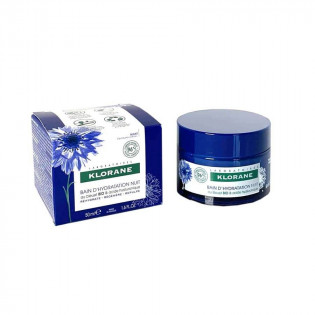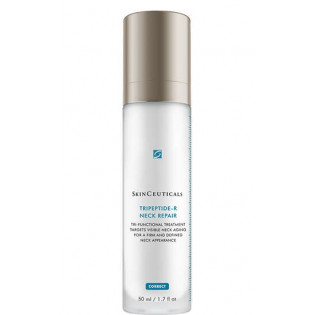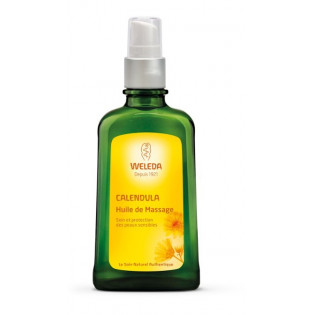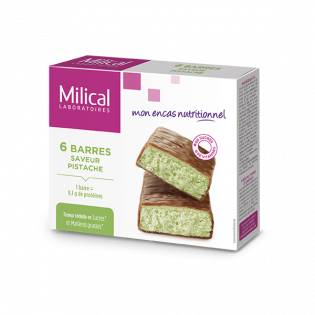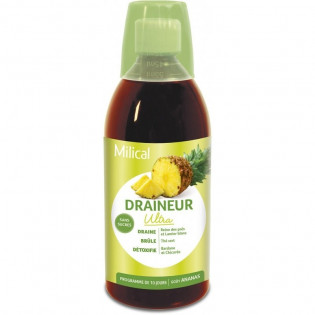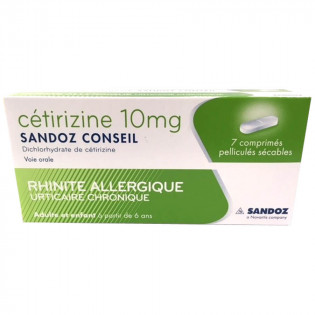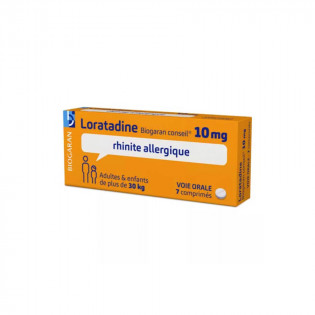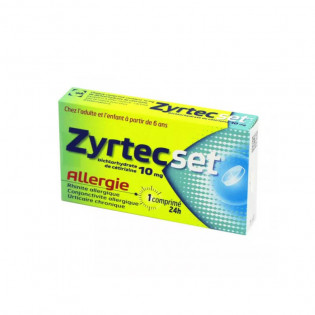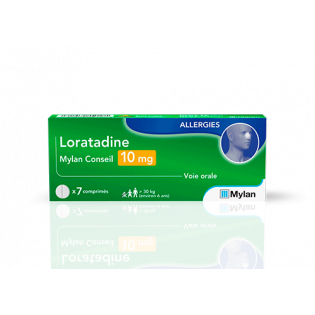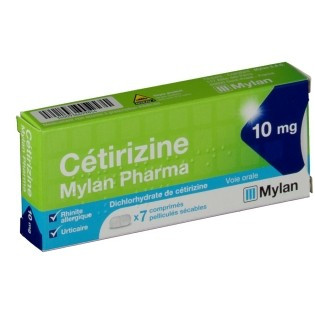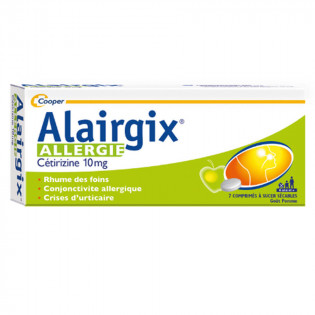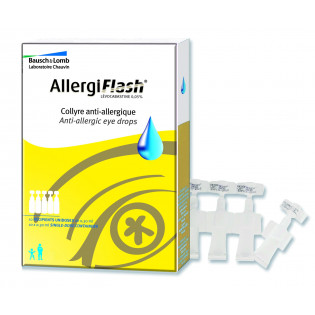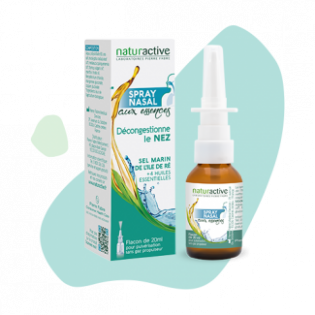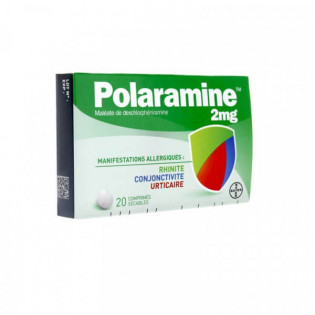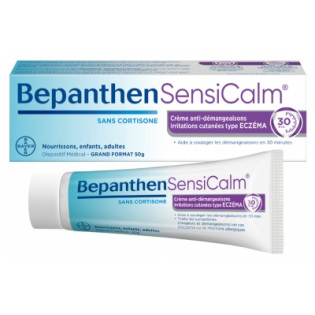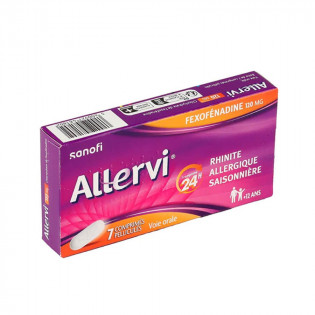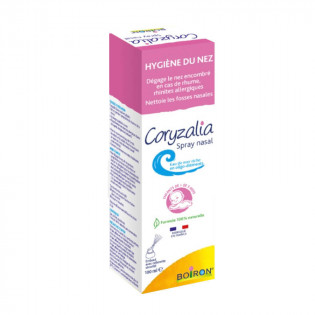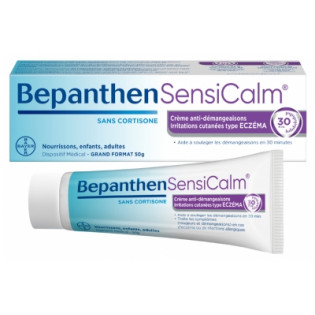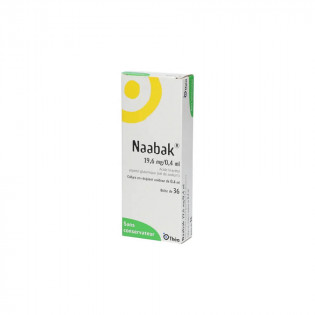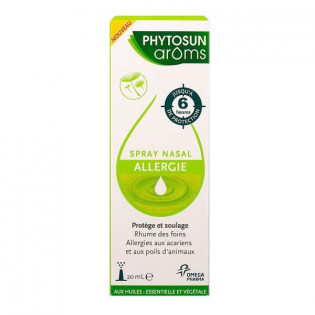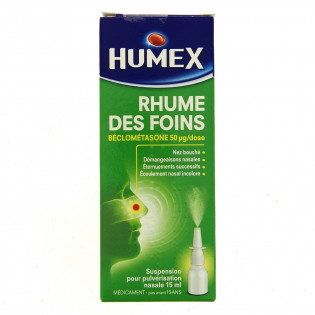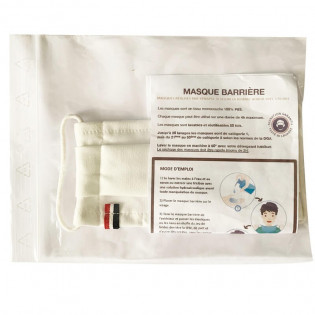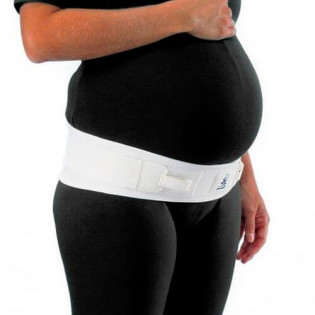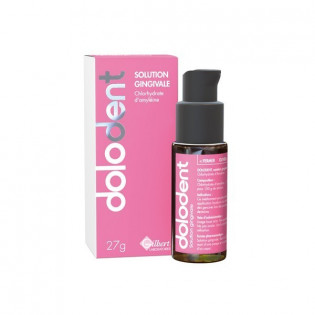- Preferably garden with goggles and a protective mask.
In this leaflet :
1. WHAT IS CROMORHINOL 2% nasal spray and WHERE IS IT USED?
2. WHAT YOU SHOULD KNOW BEFORE USING CROMORHINOL 2% nasal spray solution
3. HOW DO I USE CROMORHINOL 2% Nasal Spray?
4. WHAT ARE THE POSSIBLE SIDE EFFECTS?
5. HOW TO USE CROMORHINOL 2% nasal spray?
6. ADDITIONAL INFORMATION
1. WHAT IS CROMORHINOL 2% Nasal Spray AND WHAT IS IT USED FOR?
Pharmacotherapeutic class
Not applicable.
It is indicated for the treatment of seasonal allergic rhinitis (hay fever) or non-seasonal rhinitis (animal hair, moulds, mites, etc.).
2. WHAT YOU SHOULD KNOW BEFORE USING CROMORHINOL 2% nasal spray solution
List of information needed before taking the medicine
Not applicable.
Never use CROMORHINOL 2% nasal spray in the following cases:
- history of allergy to sodium cromoglycate or any of the excipients.
IN CASE OF DOUBT, IT IS ESSENTIAL TO ASK YOUR PHARMACIST OR DOCTOR FOR ADVICE.
Precautions for use; special warnings
Be careful with CROMORHINOL 2% nasal spray solution:
- never leave within the reach of children.
- do not exceed the recommended dosage.
- If the symptoms do not improve or persist, seek medical advice.
IF IN DOUBT, DO NOT HESITATE TO ASK YOUR PHARMACIST OR DOCTOR FOR ADVICE
Interactions with other medicines
Taking or using other medicines
If you are taking or have recently taken any other medicines, including medicines obtained without a prescription, talk to your doctor or pharmacist.
Interactions with food and drink
Not applicable.
Interactions with herbal products or alternative therapies
Not applicable.
Use during pregnancy and breastfeeding
Pregnancy and lactation
CROMORHINOL 2% nasal spray can be used during pregnancy and lactation.
Ask your doctor or pharmacist for advice before taking any medication.
Not applicable.
Effects on ability to drive and use machines
Not applicable.
List of excipients with a known effect
Not applicable.
3. HOW TO USE CROMORHINOL 2% nasal spray solution
Instructions for proper use
Not applicable.
Dosage, Method and/or route(s) of administration, Frequency of administration and Duration of treatment
Dosage
Adults and children:
Before each use, blow your nose to clear the nostrils.
1 spray in each nostril 4 to 6 times a day.
As symptoms of seasonal or non-seasonal allergic rhinitis may reappear if treatment is not followed regularly, treatment should be followed continuously for the duration of exposure to the allergens (causing the allergy).
If new symptoms appear, or if you have any doubt about the evolution of your condition, do not hesitate to ask your pharmacist or consult your doctor.
Method and route of administration
Nasal route.
1) Before use, remove the cap by pulling upwards.
The sprayer is ready for use.
2) When using for the first time, hold the bottle vertically and press the sprayer 2 or 3 times to prime the pump
3) After blowing your nose and holding the bottle vertically, insert the nasal tip into one nostril and close the other with your finger. Apply brief pressure to the sprayer and breathe in through the nose and then slowly exhale through the mouth.
4) Repeat the same procedure in the other nostril.
5) Wipe off the nasal tip and replace the cap to prevent accidental spraying.
Frequency of administration
The doses should be taken at regular intervals.
Duration of treatment
Continuously throughout the period of exposure to the allergens.
However, if exposure to allergens can be avoided, this solution is preferable to the use of any medication (see Health Education Council)
Symptoms and instructions in case of overdose
If you have used more CROMORHINOL 2% nasal spray than you should have: consult your doctor or pharmacist immediately.
Instructions if you miss one or more doses
If you forget to take CROMORHINOL 2% nasal spray: do not take a double dose to make up for the single dose you forgot to take, but simply continue your treatment
Risk of withdrawal syndrome
Not applicable.
4. WHAT ARE THE POSSIBLE SIDE EFFECTS?
Description of side effects
Like all medicines, CROMORHINOL 2% Nasal Spray is likely to have adverse reactions, although not everyone is susceptible.
- Allergic reaction to cromoglycate or to any of the components of the product may occur.
- Brief nasal irritation with sneezing may occur at the start of treatment within minutes of spraying. These symptoms are usually transient.
- Rarely, nosebleeds may occur.
If you notice any side effects not listed in this leaflet, or if any side effects become serious, please tell your doctor or pharmacist.
5. HOW TO STORE CROMORHINOL 2% nasal spray solution
Keep out of the reach and sight of children.
Do not use CROMORHINOL 2% nasal spray after the expiry date stated on the box.
No special storage precautions.
If necessary, warnings against certain visible signs of deterioration
Medicines should not be disposed of down the drain or in the household waste. Ask your pharmacist what to do with unused medicines. This will help to protect the environment.
6. ADDITIONAL INFORMATION
Complete list of active ingredients and excipients
What does CROMORHINOL 2% nasal spray contain?
The active substance is:
Sodium Cromoglycate .................................................................................................................... 2.00 g
For 100 ml of solution.
The other components are:
Sodium acetate, polysorbate 80, sorbitol, sodium hydroxide, water for injection.
Pharmaceutical form and content
What is CROMORHINOL 2% nasal spray and what does it contain?
This medicinal product is presented as a nasal spray solution in a 15 ml spray bottle.
Name and address of the marketing authorisation holder and of the manufacturing authorisation holder responsible for batch release, if different
Holder
LABORATOIRE CHAUVIN
416, RUE SAMUEL MORSE
PARC DU MILLENAIRE II - CS99535
34961 MONTPELLIER CEDEX 2
Operator
LABORATOIRE CHAUVIN
PARC DU MILLENAIRE II
416, RUE SAMUEL MORSE
34000 MONTPELLIER
Manufacturer
LABORATOIRE CHAUVIN
ZONE INDUSTRIELLE RIPOTIER HAUT
07200 AUBENAS
Names of the medicinal product in the Member States of the European Economic Area
Not applicable.
Date of approval of the package leaflet
The last date on which this package insert was approved was {date}.
MA under exceptional circumstances
Not applicable.
Detailed information on this medicinal product is available on the website of Afssaps (France).
Information reserved for health professionals
Not applicable.
HEALTH EDUCATION ADVICE
a) What is an allergy, what is an allergic reaction?
Allergy is an overreaction of our body to substances that it considers harmful, the allergens. Allergens are the factors and substances that trigger the allergy and its associated disorders.
During repeated and intensive contact of our body with the allergen, an allergic reaction is triggered.
The allergic reaction refers to the set of symptoms that appear within minutes or hours of exposure to allergens. These allergens come from plants, animal hair, food, dust mites, moulds or are substances of occupational origin.
This allergic reaction causes the release of substances such as histamine in the body, which is responsible for the problems experienced.
|
As with any disease of an allergic nature, it is important to consult a doctor at least once.
THE DOCTOR WILL DETERMINE WHETHER AN ALLERGOLOGICAL EXAMINATION IS NECESSARY.
|
b) How to recognize allergic rhinitis, seasonal or non-seasonal allergic conjunctivitis?
Allergic rhinitis is characterized by the following symptoms: nasal congestion, successive sneezing, colourless nasal discharge, nasal obstruction (blocked nose), itching and tingling of the nose. It may be accompanied by irritation of both eyes (watery eyes, redness), throat and nose.
A distinction is made between:
Seasonal allergic rhinitis or hay fever: frequent, it occurs every year at the same season, when the concentration of pollens increases in the air, and usually appears for the first time during adolescence. However, you may not be allergic to all pollens, but to one or more of them.
Perennial allergic rhinitis occurs throughout the year and is most often caused by household allergens such as dust mites, moulds and pets.
c) Some practical advice
Eliminating the allergen (eviction) is the best way to eliminate or reduce the symptoms of the allergy.
For household allergens: it is essential to take measures to reduce the presence of the allergen:
- The mattress must be completely surrounded by a plastic anti-mite cover as well as the pillows. The bed base, unless it is made of slats or metal, must be surrounded by a plastic cover. All bedding should be washed twice a month at 60°C if possible.
- The room should be ventilated and cleaned regularly.
- On the floor, avoid bed slopes and carpets.
- Avoid pets.
- During the pollen season, you can reduce your exposure to pollen:
- In your garden, diversify the plantings by avoiding the most allergenic species (cypress, cedar, birch...).
- Avoid mowing the lawn yourself during the pollen season.
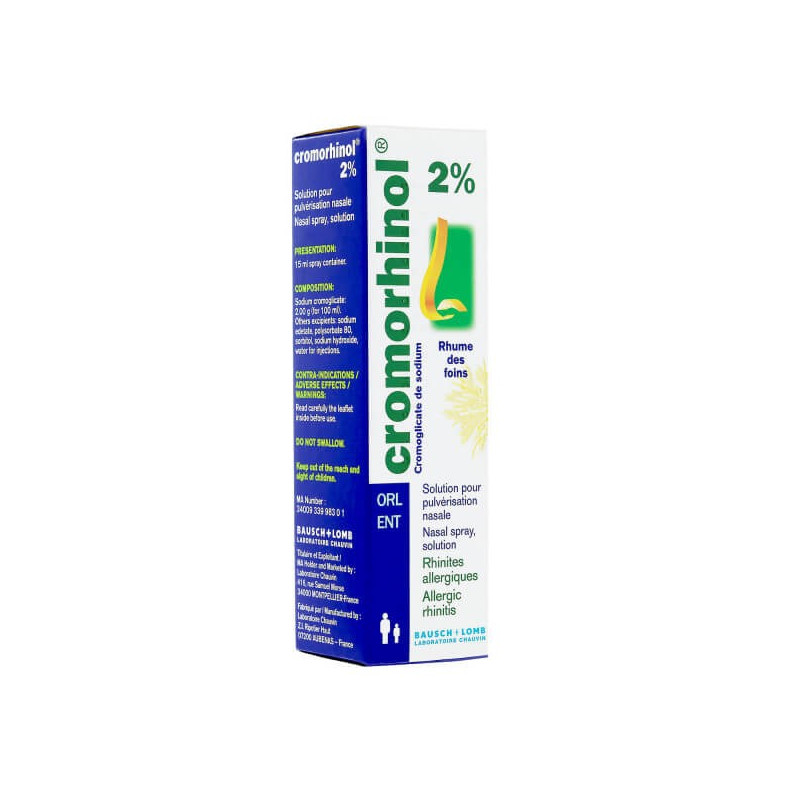
 Français
Français English
English
